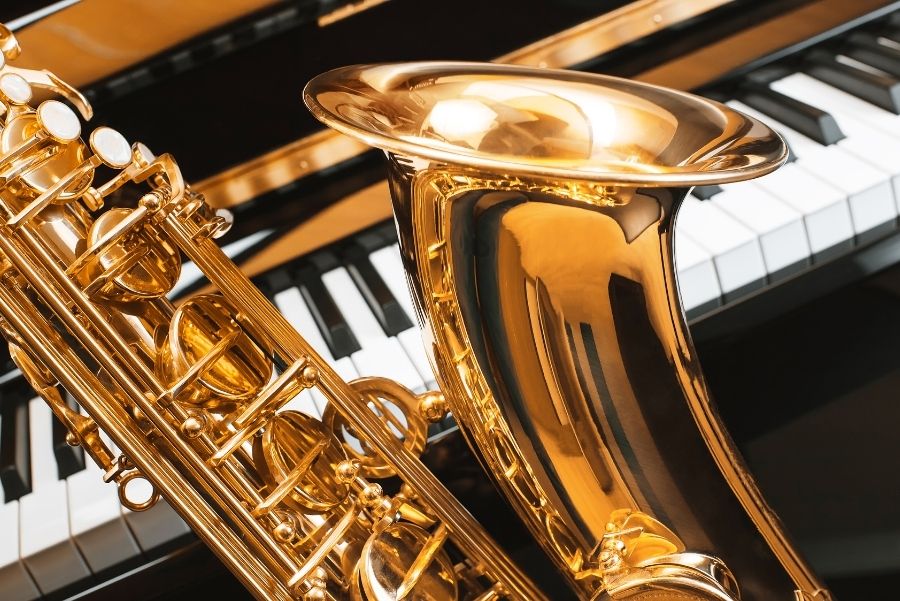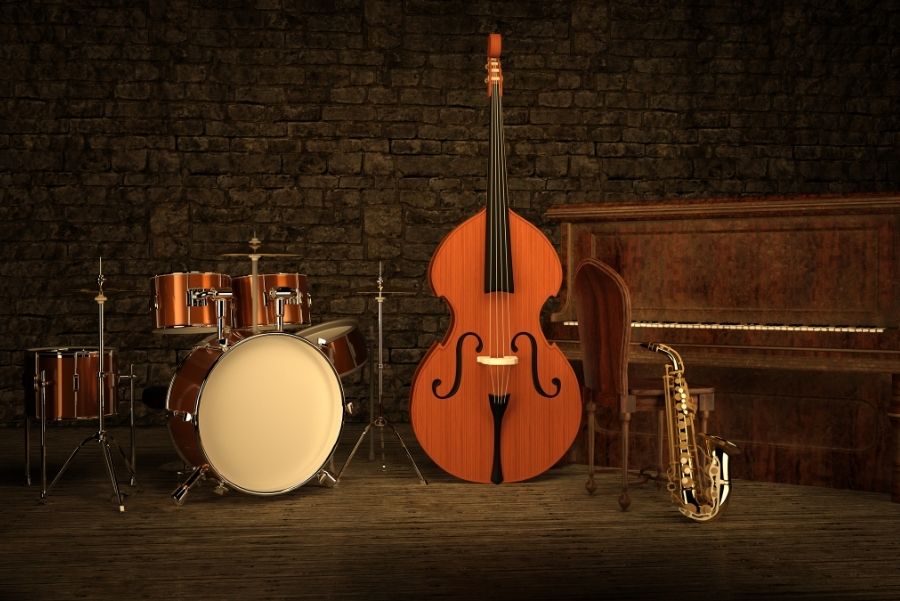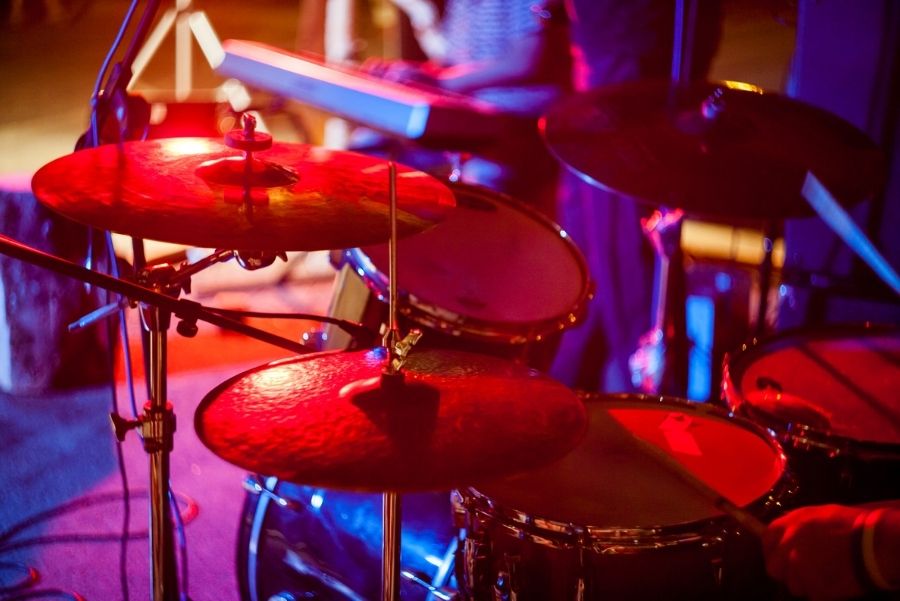Jazz music is known for its syncopation, swing style and rhythm & blues element. Yet there is much more to it than just that. There are other elements of this genre of music that make it unique in its makeup. They include, among others, what is known as bent notes. The jazz musician will undoubtedly use a strange amalgam of notes. They can bend and modulate a message till it is a vastly different version of its original form. It makes the letter rather enjoyable to listen to. What this does is change the pitch of the sound so that it goes into the offbeat mode. The music enters a strange territory where the standard Western scale of notes becomes outdated. These bent notes give jazz music its superior quality, its unique selling point, and most of all, its vim and vigour. Sally from Polished Concrete Sydney loves jazz music; she always buys tickets to jazz concerts that happen in Sydney all year round.

Also, we now come to the second characteristic, which is the case of new modes. Modes are a variety of scales and a bouquet of notes gathered under a single rubric. These scales are chromatic and take inspiration from other foreign cultures such as India, Africa and Arabia.
Then the third trait comes to mind, and it is exceptional voice modulation. Like we all have our very own voice, jazz musicians also have a unique quality of singing. The tone, cadence and melodic rhythm all
enter this equation. It is organic and cannot precisely be dissected. As far as rhythm is concerned in jazz, it is all about jazz musicians being sultans of swing. The swing style is a tricky thing to master. Yet jazz maestros routinely accomplish it with little ado.
Swing, when combined with syncopation, lends jazz its edge. It is what makes it cool and the “in” thing. While classical music and jazz are poles apart, both can be tonal or atonal. The alteration of chords and substitution of scales all work their wonders in jazz. Colourful harmonics further achieve a whole new brand of jazz music that stimulates and celebrates the freedom possible in between the sounds and silence.
What began as slave songs in the Deep South of the United States of America went through several changes over time to emerge as jazz music. Brass orchestras, rhythm and blues and ragtime all combined in one massive round of applause to create the thing called jazz. Also, complex chords and call and response vocals play a huge role in jazz. African and Western elements combined in a crucible where Cuban music also mingled in it later on. Then there were other influences such as what took place in New Orleans, the Dixieland Renaissance and modern inputs. All in all, these went on to crystallize and solidify what began as a very experimental style of music. Today jazz has come a long way and comparing present-day jazz to the earliest efforts is like judging the difference between a Jumbo Jet aeroplane and a Wright Brothers aeroplane.



